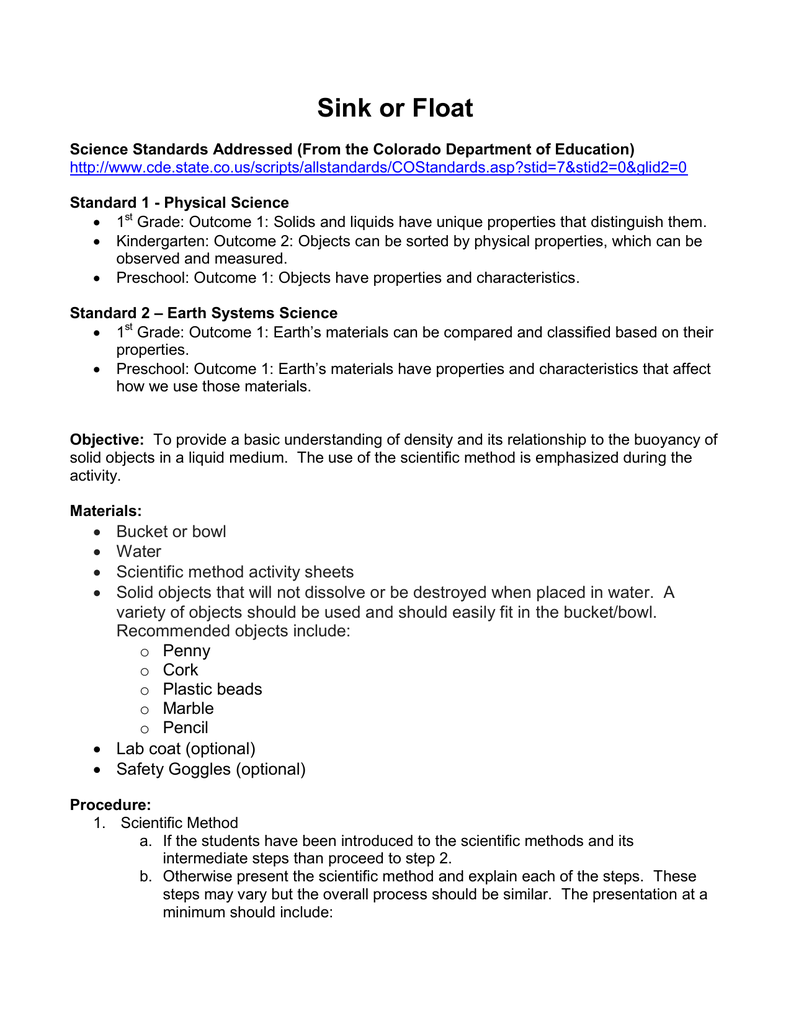Accessory minerals of marble.
Physical characteristics of marble.
Marble is found in many countries including belgium france great britain.
Physical origins of marble.
Marble is not only porous it is also softer especially when compared to granite.
Physical properties of rocks play an important role in determining its applications in various fields.
Physical properties and uses of marble.
Diopside tremolite actinolite dolomite.
Crushed stone is.
It consists chiefly of calcite or dolomite or a combination of these carbonate minerals.
Rocks with hardness 1 3 are soft rocks from 3 6 are.
Marble is a rock on account of metamorphism of sedimentary carbonate rocks maximum normally limestone or dolomite rock.
The physical properties of marble depend on its formation.
Marble is a type of metamorphic rock formed from limestone.
Marble is a metamorphic rock formed when limestone is subjected to high pressure or heat.
This allows it to be economically mined on a large scale with some mines and quarries producing millions of tons per year.
Rocks are rated on the on the moh s hardness scale which rates the rocks on the scale from 1 to 10.
Transparent emerald the green variety of beryl on calcite marble matrix.
Major minerals of marble.
Marble occurs in large deposits that can be hundreds of feet thick and geographically extensive.
Marble is a rock widely used in buildings monuments and sculptures.
Because marble is a porous natural stone use only an approved cleaning process to avoid damaging the marble surface.
Marble hardness ranges from 3 to 4 on mohs hardness scale while granite is at 6 to 7.
Most marble is made into either crushed stone or dimension stone.

